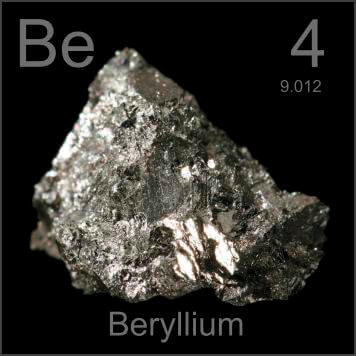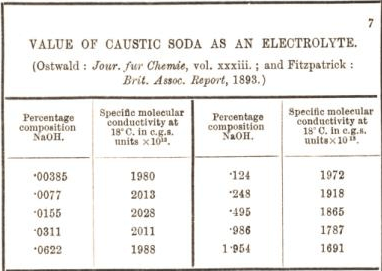How Much is the Cost of Mining Exploration
In the preceding pages some unit costs of sinking, drifting, cross-cutting, and drilling have been presented, together with a few costs covering entire churn-drilling campaigns. Few figures are available covering the total cost of exploring a property before reaching a decision to develop it for production. However, figures are available covering expenditures for exploration and […]
Exploration Drilling
Drilling is employed extensively, either as the principal exploratory method or to supplement exploration by underground and surface workings. Three principal types of drills are employed for this purpose—churn drills, core drills, and hammer drills. In ground too soft to core and in which a churn drill would stick, a rotary drill with a fish-tail […]
Prospecting Lode Gold Deposits

Prospecting for lode deposits begins with a search for mineralized outcrops, the key to the existence of which may often be found in mineralized float (pieces of rock from the lode that have been loosened by weathering and washed downhill). Geologists now generally agree that most valuable mineral deposits have a magmatic origin and, therefore, […]
Prospecting Placer Gold Deposits
Prospecting for placer gold, except perhaps in the case of buried placers, is the simplest form of prospecting. Gold, platinum, and tin are the principal metallic minerals won from placers, but gold (alloyed with varying percentages of silver) is the only metal that has been recovered in commercially important quantities from placers in the United […]
Exploration Drill Sampling Techniques
A brief summary of the methods employed and the costs of prospecting and exploration has been presented in the preceding pages. The primary object of such work, as already stated, is to find ore and furnish information upon which to base estimates of its quantity and grade. Estimates of ore grade are based on the […]
Methods of Mining Metals
This report summarizes mining practices of a large number of metal mines in the United States and foreign countries. The adaptation of mining methods best suited to the various natural conditions in mines is discussed, and comparative costs are presented. The basic data—gathered in the field by Bureau of Mines engineers and consultants in cooperation with […]
Agitation Leaching in Parral Tank System
Of the treatment of the slime-pulp of gold- and silver-ores by cyanidation, agitation is an essential part. When prepared for treatment, this pulp, consisting of ore reduced to such fineness that approximately 80 per cent, of it will pass through a 200-mesh screen, is mixed with a certain proportion of water, carrying in solution the […]
Spectrochemical Determination of Beryllium

Spectrochemical methods were developed to determine beryllium in the concentration range 0.0015 to 4.0 percent in siliceous mineral beneficiation products. Two methods are described. They are (1) a fusion-pellet-spark procedure (spark method) and (2) a sustaining alternating-current arc procedure (arc method). In the spark method the sample is fused with lithium tetraborate and vanadium pentoxide. […]
Determination of Beryllium by Fluorometric Method

A fluorometric method using morin in an alkaline-buffered chelating solution has been developed by the Bureau of Mines for determining beryllium in ores and mill products. Apparatus for measuring fluorescence intensities of the beryllium-morin reaction is described. Preparation of the sample for analysis consists essentially of digestion with sulfuric, nitric, and hydrofluoric acids, fusion of […]
Engineering Tables

